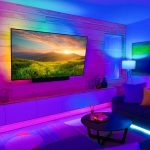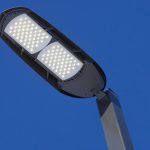Reading Made Easy: Discover the Best LED Light Color for Your Eyes

Reading is an essential skill that is crucial in our daily lives. Whether it is for work, school, or leisure, it is important to have a comfortable reading environment. One of the factors that can affect our reading experience is the lighting. We often hear that reading in dim light can harm our eyes, but did you know that the color temperature of the light can also have an impact? In this article, we will delve into the topic of LED light colors and how they can make reading easier and more comfortable. LED lights have become a popular lighting option in recent years due to their energy efficiency and long lifespan. However, not all LED lights are created equal. The color temperature of the light is measured in Kelvin (K) and can range from warm (yellowish) to cool (bluish) light. It is important to choose the right color temperature, especially when it comes to reading, as it can affect our eyes and overall reading experience. In the next sections, we will explore the different color temperatures and their effects on our eyes and reading performance. So, let’s dive into the world of LED light colors and find the best one for your reading needs!
Understanding the Impact of LED Light on Your Eyes
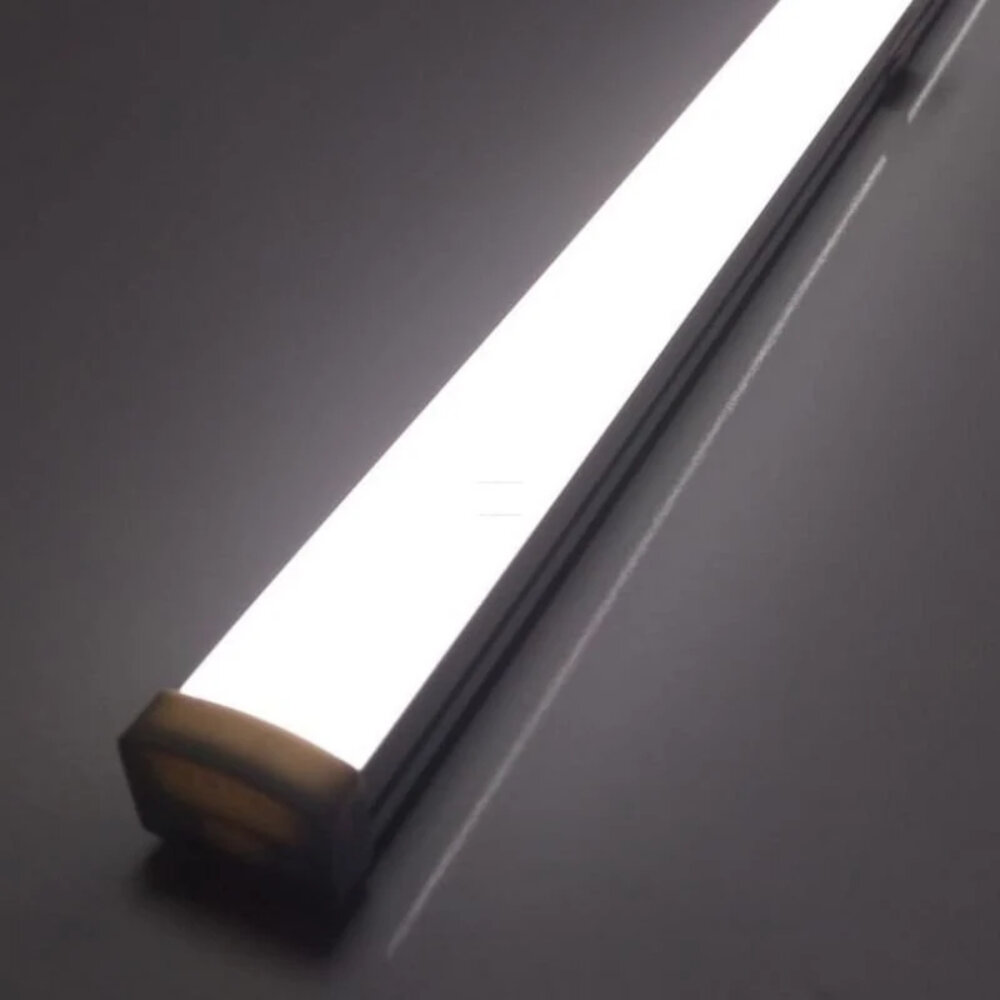
LED lights have become ubiquitous in our daily lives, from our homes to our workplaces. However, not many people are aware of the impact that LED light can have on our eyes. LED light emits blue light, which is known to have a negative impact on our circadian rhythm and sleep quality. This is because blue light suppresses the production of melatonin, a hormone that regulates our sleep-wake cycle. Moreover, prolonged exposure to blue light can cause digital eye strain, which includes symptoms such as headaches, dry eyes, and blurred vision. Therefore, it is crucial to understand the impact of LED light on our eyes and take necessary measures to protect them. To minimize the negative impact of LED light on our eyes, it is essential to choose the right color temperature. Color temperature is measured in Kelvin (K), and it determines the warmth or coolness of the light. Warm white light, which has a color temperature of around 2700K to 3000K, is the best option for reading and other close-up tasks. This is because warm light is less harsh on the eyes and creates a relaxing environment. On the other hand, cool white light, which has a color temperature of around 4000K to 5000K, is ideal for tasks that require concentration and focus, such as studying or working. However, it is important to avoid using cool white light in the evening, as it can interfere with our sleep quality. By understanding the impact of LED light on our eyes and choosing the right color temperature, we can protect our eyes and improve our overall well-being.
LED lights and natural light are two very different forms of lighting that have distinct characteristics. Natural light is the light that comes from the sun and is available during the day. It is a full spectrum light that includes all colors of the rainbow and is known to have beneficial effects on our health and well-being. On the other hand, LED lights are a type of artificial lighting that uses light-emitting diodes to produce light. They are available in a wide range of colors and are known for their energy efficiency and long lifespan. However, LED lights can emit blue light, which can be harmful to our eyes and disrupt our sleep patterns. It is important to choose the right LED light color to avoid these negative effects and ensure that we are getting the right type of light for our needs.
LED lights have become a popular lighting option in homes and workplaces. However, prolonged exposure to LED light can strain your eyes. This is because LED lights emit a lot of blue light, which has been shown to disrupt our circadian rhythm, leading to sleep problems. Additionally, blue light can cause eye fatigue, headaches, and even vision problems over time. Choosing the right LED light color can make a significant difference in reducing eye strain. Warm white or natural white LED lights are better options as they emit less blue light and are more soothing to the eyes.
Eye strain due to LED light exposure is a growing concern in today’s technology-driven world. According to a study conducted by the American Optometric Association, nearly 60% of adults experience symptoms of digital eye strain after prolonged use of electronic devices. This is because LED lights emit blue light, which has been shown to disrupt our circadian rhythm and suppress the production of melatonin, leading to eye strain, headaches, and even sleep disturbances. Furthermore, a report by the Vision Council found that 80% of Americans use digital devices for more than two hours a day, exacerbating the problem of eye strain. It is clear that the prevalence of eye strain due to LED light exposure is on the rise, making it crucial to choose the right LED light color to protect our eyes and promote better health.
The Best LED Light Colors for Your Eyes

When it comes to LED lights, not all colors are created equal. Some colors can strain your eyes, cause headaches, and disrupt your sleep patterns. Therefore, it is important to choose the right LED light color for your eyes. The best LED light colors for your eyes are warm white, cool white, and natural white. Warm white is a soft, yellowish light that creates a cozy and inviting atmosphere. It is ideal for reading, relaxing, and socializing. Cool white is a bright, bluish light that simulates daylight. It is perfect for working, studying, and performing tasks that require visual acuity. Natural white is a balanced light that combines warm and cool tones. It is versatile and suitable for any activity. The color temperature of LED lights is measured in Kelvin (K). The higher the Kelvin rating, the cooler and bluer the light. The lower the Kelvin rating, the warmer and yellower the light. For reading, it is recommended to use LED lights with a color temperature between 2700K and 3000K. This range provides a warm and comfortable light that reduces eye strain and fatigue. However, for tasks that require high levels of concentration, such as studying or working, LED lights with a color temperature between 4000K and 5000K are more suitable. These lights provide a cool and bright light that enhances focus and productivity.
LED lights offer a range of colors for different applications. The most common LED colors are warm white, cool white, and daylight. Warm white is a yellowish light that is ideal for creating a relaxing and cozy atmosphere in the bedroom, living room, or dining room. Cool white is a bluish light that is perfect for task-oriented areas like the kitchen, bathroom, or home office. Daylight is a bright white light that mimics natural daylight and is best suited for workspaces, art studios, or places where color accuracy is important. Other LED colors include red, green, blue, and multicolored options that are used for decorative lighting purposes. It’s important to choose the right LED light color that suits your needs and enhances your space while also considering its impact on your eyes.
When it comes to reducing eye strain and fatigue, certain colors of LED lights are more effective than others. The best colors for this purpose are generally warm, soft tones like yellow, amber, and orange. These colors have longer wavelengths and are easier on the eyes, making them ideal for reading or working for extended periods of time. In contrast, cool colors like blue and white can actually increase eye strain and fatigue, as they have shorter wavelengths and produce more glare. By choosing warm, soft tones for your LED lighting, you can create a comfortable and soothing atmosphere that will help you stay focused and productive throughout the day.
Choosing the right LED light color for your needs can make a significant difference in your daily life. Warm white light is ideal for creating a cozy and comforting atmosphere, making it perfect for reading in bed or unwinding after a long day. On the other hand, cool white light is perfect for task-oriented activities, such as reading, studying, or working. It provides a bright and energizing environment, making it easier to focus and concentrate. Additionally, if you suffer from eye strain or headaches, consider choosing a light with a color temperature of around 4000K, which is known to be easier on the eyes. Ultimately, the right LED light color depends on your personal preferences and the activities you plan to undertake, so take the time to experiment and find the perfect one for you.
The Benefits of Using the Best LED Light Colors
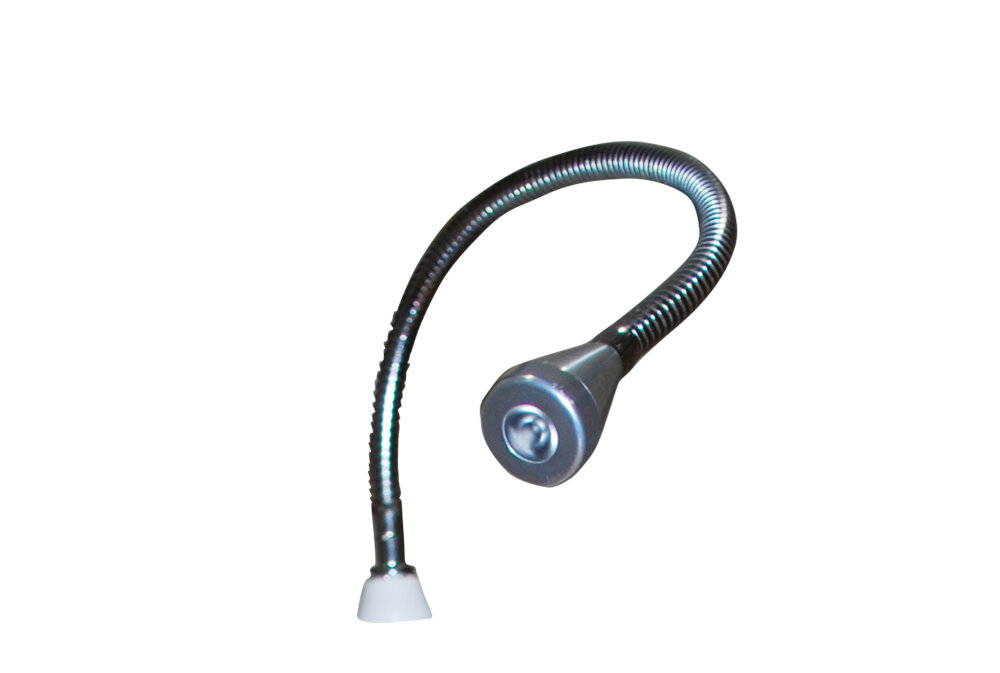
Using the best LED light colors can have numerous benefits, especially when it comes to reading. One of the main advantages is that it can reduce eye strain and fatigue. When you read under harsh or inadequate lighting, your eyes have to work harder to read the text, which can lead to headaches and eye strain. However, using the right LED light color can help to reduce this strain and make reading more comfortable. For example, warm white or yellow light can improve contrast and reduce glare, making it easier to see the text clearly without straining your eyes. Another benefit of using the best LED light colors is that it can improve your mood and productivity. Studies have shown that different colors of light can affect our mood and energy levels. For example, blue light can boost alertness and improve focus, while red light can promote relaxation and calm. By choosing the right LED light color for your reading environment, you can enhance your mood and productivity, making it easier to concentrate and get things done. This can be especially helpful if you’re studying or working in a dimly lit room, as the right LED light color can help to keep you alert and focused, even in low light conditions.
Choosing the right LED light color can significantly enhance your reading experience. The best LED light colors for reading are warm white and neutral white as they provide a soft and natural illumination that reduces eye strain and fatigue. These colors also help with better color accuracy and contrast, allowing for sharper text and images. In contrast, cool white and blue light can cause discomfort and strain on the eyes, leading to headaches and insomnia. Therefore, it is essential to choose the right LED light color for your reading environment to ensure optimal comfort and clarity while you dive into your favorite books.
LED light can have a significant impact on your sleep and overall health. Blue light emitted by LED lights can suppress melatonin production, the hormone responsible for regulating sleep, making it difficult to fall asleep and stay asleep. Exposure to blue light at night can also disrupt the circadian rhythm, the body’s natural clock, leading to a range of health problems, including obesity, diabetes, and depression. However, using warmer LED light colors, such as yellow or orange, can help promote melatonin production and improve sleep quality. So, it’s essential to choose the right LED light color to promote better sleep and overall health.
The use of LED lights has revolutionized various industries, making them more efficient and cost-effective. In the automotive industry, LED lights are used for headlights, taillights, and interior lighting. They are brighter, last longer, and consume less energy compared to traditional halogen bulbs. The healthcare industry also benefits from LED lights as they are used in surgical suites, examination rooms, and patient rooms. LED lights emit less heat and provide better color rendering, making them easier on the eyes and more comfortable for patients. Additionally, LED lights are being used in urban farming to provide the necessary light spectrum for plant growth, resulting in higher yields and better quality produce. Overall, LED lights have proven to be a game-changer in various industries, improving efficiency, and reducing costs.
How to Implement the Best LED Light Colors into Your Life
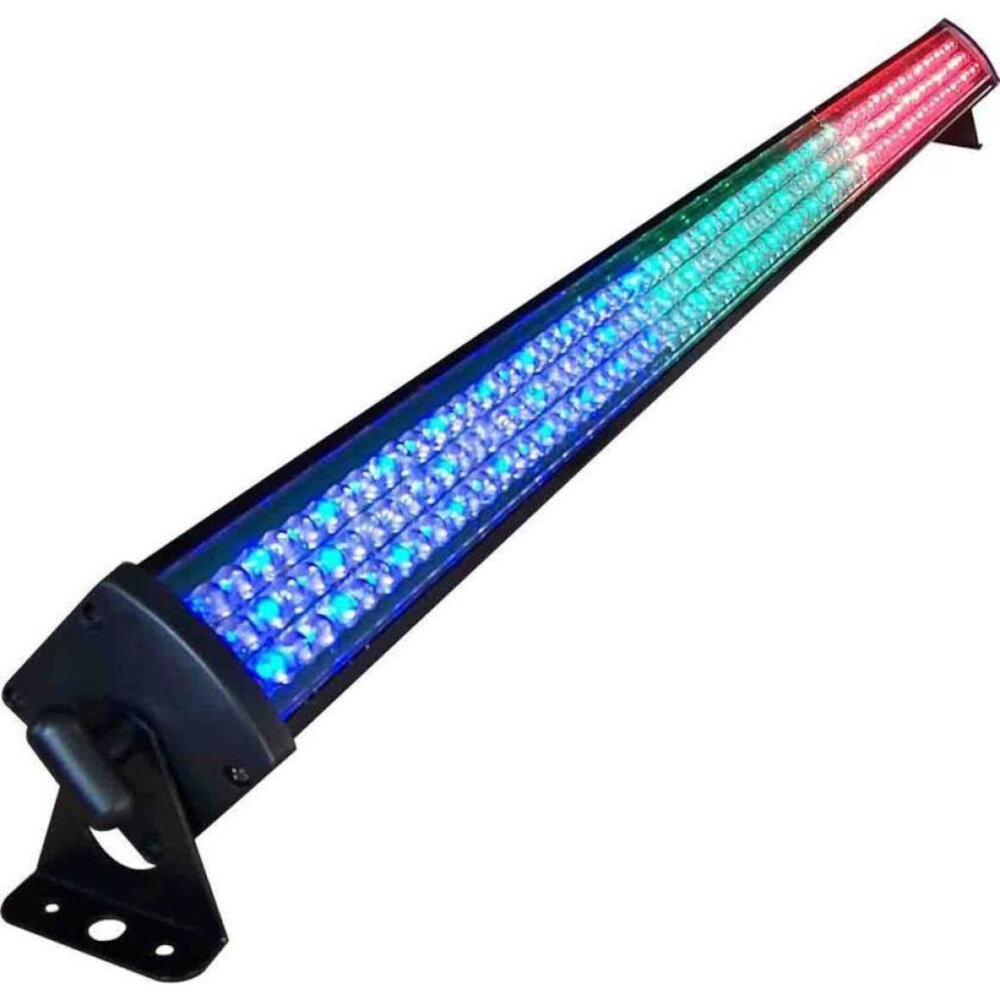
Implementing the best LED light colors into your life can significantly improve your overall well-being. Light therapy has been shown to alleviate seasonal affective disorder, improve sleep patterns, and even reduce symptoms of depression. However, understanding which colors to use and when can be challenging. To start, it is vital to know that different LED light colors produce various effects on the body and mind. For instance, blue light can improve mood and increase energy levels, making it an excellent choice for morning routines. On the other hand, red light has a calming effect and can help reduce stress levels. It is best used in the evenings to promote relaxation and improve sleep quality. Green light is also known to reduce anxiety and promote a sense of balance, making it an ideal choice for meditation and yoga practices. By incorporating different LED light colors into your daily routine, you can create a customized and holistic approach to wellness.
Adjusting your lighting at home and work can greatly improve your eye health and overall well-being. Firstly, consider the color temperature of your LED lights. Cooler temperatures, such as daylight or cool white, are ideal for workspaces as they promote alertness and productivity, while warmer temperatures, such as soft white or warm white, are better suited for relaxing environments, such as bedrooms or living rooms. Additionally, ensure that your lighting is evenly distributed throughout the room to prevent eye strain and headaches. Finally, consider investing in dimmer switches or adjustable lamps to customize your lighting needs throughout the day. By taking these simple steps, you can create a comfortable and healthy environment for your eyes to thrive in.
When it comes to choosing the best LED light bulbs, there are a few factors to consider. Firstly, it’s important to choose bulbs with a high color rendering index (CRI) to ensure that the colors of objects in your space are accurately represented. Additionally, bulbs with a color temperature between 2700K and 3000K are ideal for indoor spaces as they emit a warm, comfortable light that is easy on the eyes. LED bulbs with a dimming feature are also a great option as they allow you to adjust the light level to your preferences. Finally, it’s important to choose LED bulbs with a high lumen output to ensure that your space is well-lit and energy-efficient. By considering these factors, you can choose LED light bulbs that are both visually appealing and functional for your space.
LED lights can be used to improve your sleep by choosing a specific color temperature that mimics natural sunlight. Blue light, which is commonly emitted by electronic devices, can disrupt your circadian rhythms and make it difficult to fall asleep. On the other hand, warmer tones of light, such as amber or red, can promote relaxation and help you unwind before bed. There are also LED lights that can be programmed to gradually dim over time, simulating a sunset and preparing your body for sleep. By incorporating LED lights into your sleep routine, you can create a more natural and restful environment that promotes healthy sleep habits.
Choosing the right LED light color is a crucial factor that can impact the health of your eyes. The reason behind this is that the light spectrum is composed of different wavelengths, and each wavelength can have a different effect on your eyes. For instance, blue light, which is emitted by electronic devices, can cause eye strain, fatigue, and even disrupt your sleep cycle. On the other hand, warm white light, which has a yellowish hue, is more soothing and can help reduce eye strain. Therefore, it is essential to choose the right LED light color that is suitable for your eyes, especially if you spend long hours reading or working in front of a screen. By doing so, you can protect your eyes from the harmful effects of blue light and promote better eye health.
After considering various factors such as eye strain, color temperature, and brightness, the best LED light color for reading and other activities is cool white or daylight LED bulbs. These bulbs emit a color temperature between 5000K and 6500K, which closely resembles natural daylight and provides better contrast, clarity, and color accuracy. Moreover, the brightness of the light can be adjusted to suit the user’s preference without causing eye fatigue. Therefore, if you want to make your reading experience more comfortable and enjoyable, switch to cool white LED bulbs and see the difference for yourself.
We would love to hear about your experience with LED light and eye strain! Whether you have found a particular LED light color that works best for you, or you have tips for reducing eye strain while reading under LED light, we encourage you to share your insights with our community. By sharing your experiences, you can help others find the right LED light color for their needs and ensure that everyone can enjoy reading without eye strain. So don’t be shy, share your thoughts and let’s work together to make reading a more comfortable and enjoyable experience for all.
Conclusion
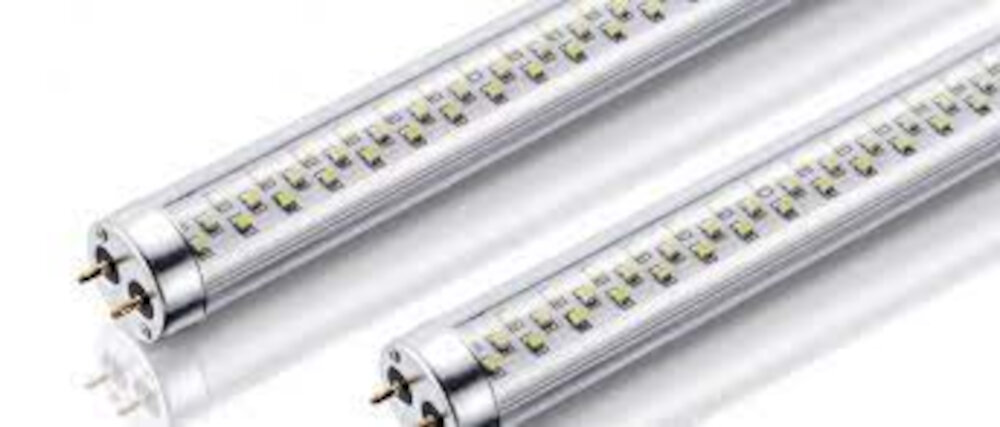
In conclusion, by selecting the right LED light color for reading, we can significantly reduce the strain on our eyes and make the reading experience more comfortable and enjoyable. Blue light, which is commonly found in electronic devices, should be avoided as it can disrupt our sleep and cause eye fatigue. Instead, warm white and yellow lights are better options as they have a soothing effect on our eyes and promote relaxation. It is essential to prioritize our eye health and take steps to protect our vision, and choosing the right light color is a simple yet effective way to do so. So, let us make the switch to eye-friendly lighting and enjoy a more comfortable and efficient reading experience.

